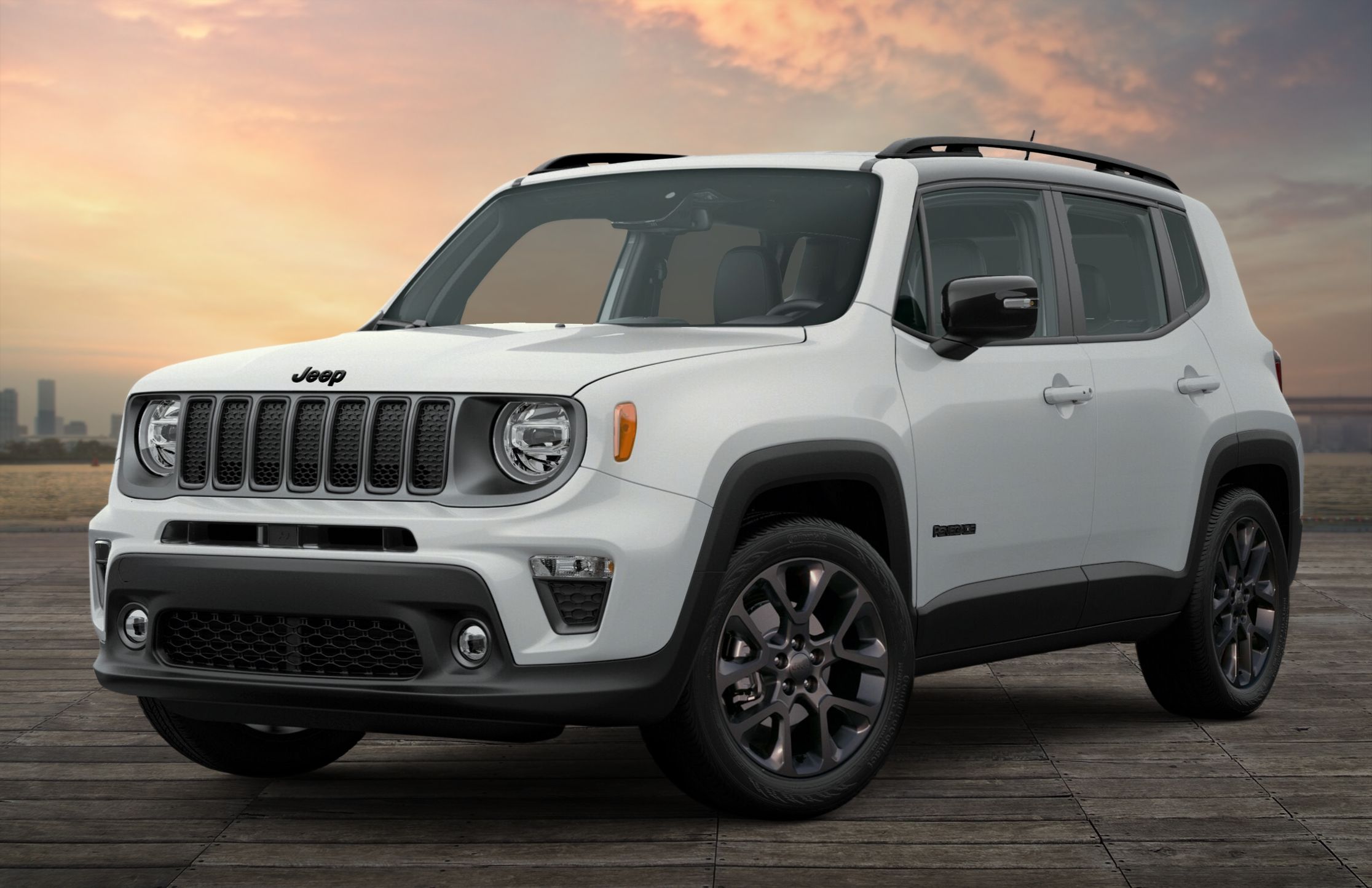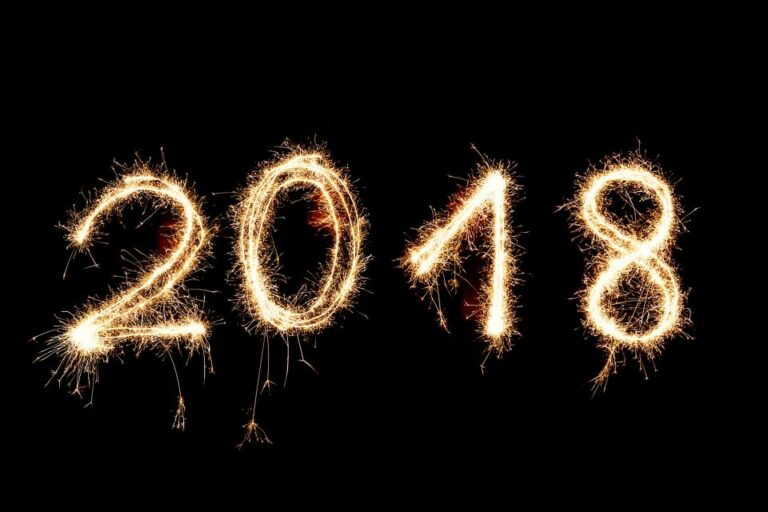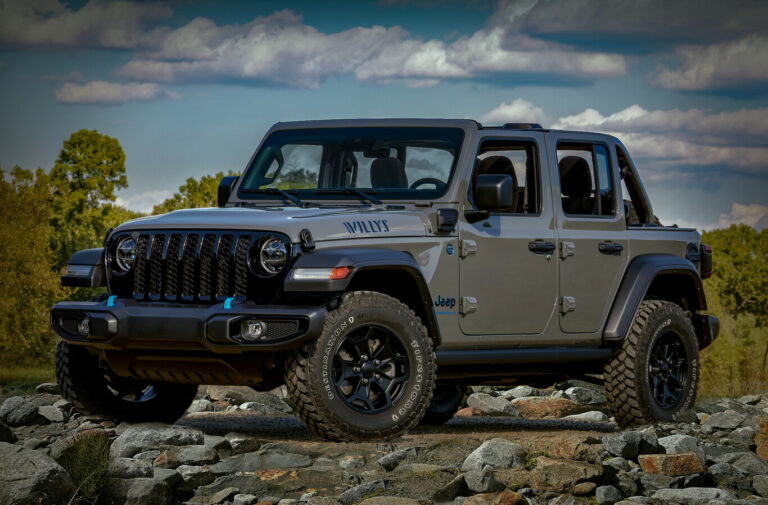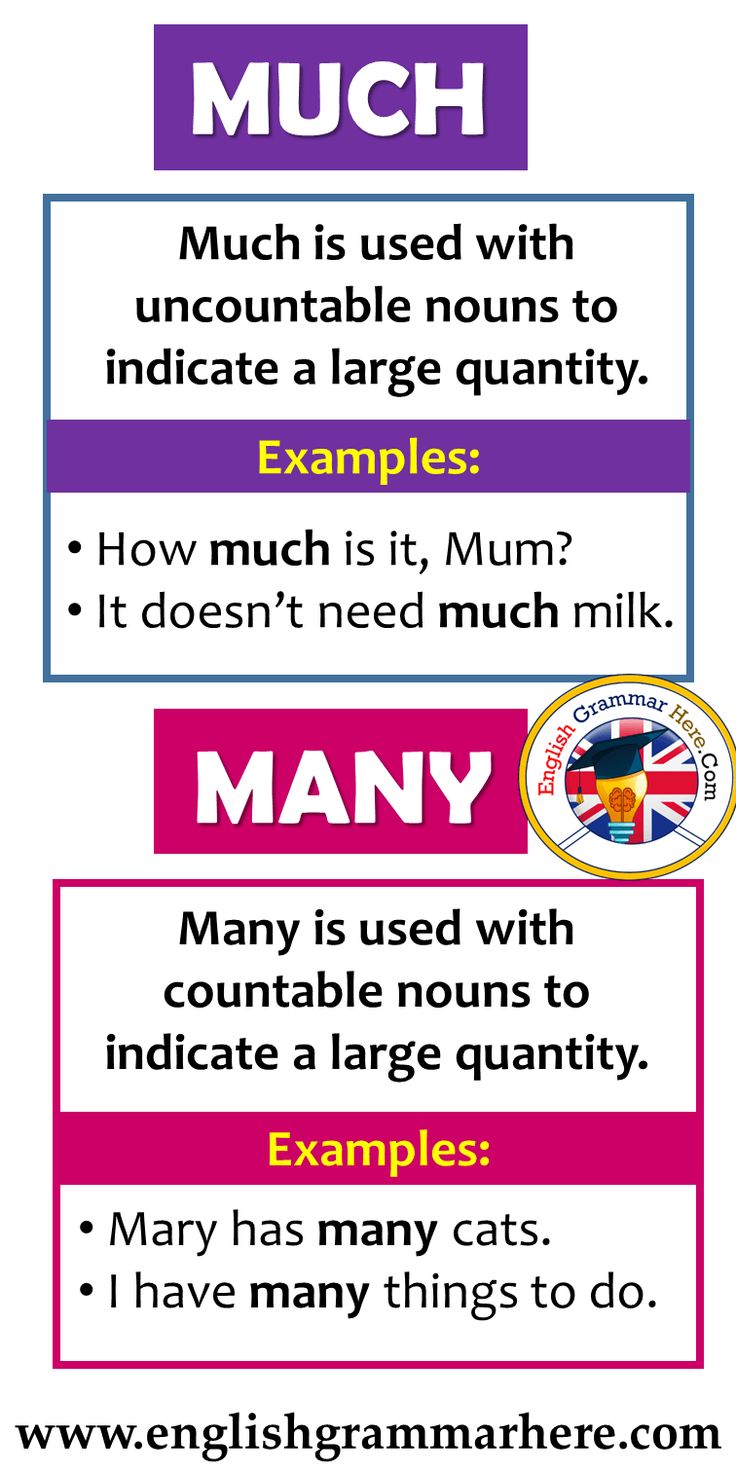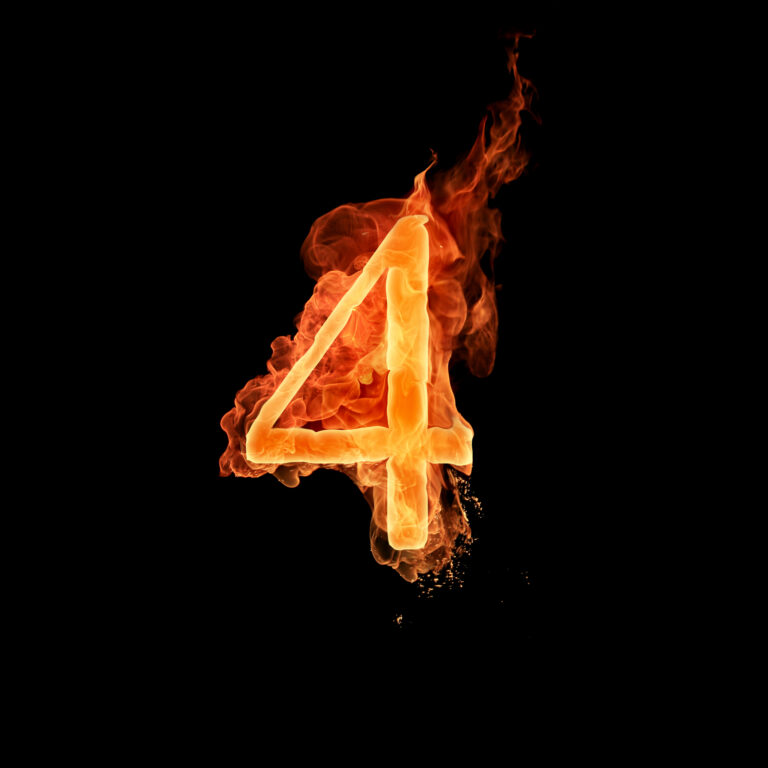Jeep JK Tub For Sale: Your Comprehensive Guide to Body Replacement and Customization
Jeep JK Tub For Sale: Your Comprehensive Guide to Body Replacement and Customization jeeps.truckstrend.com
The iconic Jeep Wrangler JK (2007-2018) is renowned for its rugged capability and unmatched off-road prowess. However, like any vehicle, its body — often referred to as the "tub" — can suffer from the ravages of time, rust, or unforeseen accidents. When the integrity of your JK’s body is compromised, or you’re embarking on an ambitious custom build, searching for a "Jeep JK Tub For Sale" becomes a critical quest. This article serves as your definitive guide, exploring everything from why you might need a new tub to how to find, inspect, and ultimately integrate one into your beloved Wrangler.
Why Buy a JK Tub? Common Scenarios & Benefits
Jeep JK Tub For Sale: Your Comprehensive Guide to Body Replacement and Customization
The decision to purchase a standalone JK tub is often driven by necessity or the desire for a significant transformation. Understanding these common scenarios can help you determine if a tub replacement is the right path for your Jeep project.
Necessity-Driven Purchases:
- Severe Rust Damage: One of the most common reasons. The JK’s body, particularly in rust-belt regions, can succumb to corrosion on floorboards, rocker panels, rear corners, and body mounts. If the rust is extensive and compromises structural integrity, a full tub replacement is often more practical and safer than extensive panel repair.
- Accident Damage: A significant collision can twist, crumple, or otherwise render the original tub irreparable. While the frame might be salvageable, the body itself could be a total loss, necessitating a replacement.
- Salvage Title Redemption: For those looking to rebuild a salvaged JK with a good frame and drivetrain, a clean tub offers a cost-effective way to restore the vehicle to roadworthy condition.
Custom Build & Performance Enhancements:

- Restoration Projects: Bringing an older, neglected JK back to its former glory often involves replacing the body to ensure a pristine foundation.
- Custom Fabrication: Enthusiasts looking to stretch their JK, convert a 2-door to a 4-door (or vice-versa with significant frame modification), or create a unique specialty vehicle (like a pickup conversion) might start with a bare tub as a canvas.
- Weight Reduction (Less Common for Full Tubs): While less common for a full tub replacement, some extreme builders might seek out lighter aftermarket materials for the body to reduce overall vehicle weight for competitive off-roading.
Benefits of a Tub Replacement:
- Cost-Effectiveness: Often cheaper than buying a whole new or used JK, especially if your existing drivetrain, suspension, and frame are in excellent condition.
- Preservation of Existing Components: Allows you to retain your upgraded engine, transmission, axles, and other expensive modifications.
- Fresh Start: Provides a clean, rust-free, and undamaged foundation for a long-lasting build or restoration.
- Customization Potential: An empty tub is a blank slate, offering unparalleled opportunities for custom paint, interior modifications, and body armor integration.
Types of JK Tubs Available in the Market
When you begin your search for a Jeep JK tub, you’ll encounter a few primary categories, each with its own advantages and disadvantages.
1. OEM Used Tubs
- Description: These are tubs salvaged from other Jeep JKs, typically from vehicles that were totaled due to mechanical failure, frame damage (while the body remained intact), or other non-body related issues.
- Pros: Original factory fit and finish, potentially more affordable. Can sometimes be found in the original color, saving on paint costs.
- Cons: Condition varies widely – they may have minor dents, scratches, or hidden rust. Inspection is crucial. Finding one in perfect, rust-free condition can be challenging, especially for older JKs.
- Sources: Salvage yards, auto recyclers, specialized Jeep dismantlers, online marketplaces (eBay, Craigslist, Facebook Marketplace), and Jeep forums.
2. Aftermarket Steel Tubs
- Description: Brand new tubs manufactured by aftermarket companies. These are built from fresh steel, often with improvements like thicker gauges or reinforced areas.
- Pros: Brand new, no rust, no hidden damage. Can be built to higher tolerances or with specific modifications already incorporated (e.g., stretched wheel wells). Offers a truly fresh start.
- Cons: Significantly more expensive than used OEM tubs. Requires painting and finishing. Availability can be limited, and shipping costs are substantial.
- Brands: While full-scale replacement tubs are less common than individual body panels, companies like Dynatrac (known for their JK/JL ProRock axles) have offered full body replacement options in the past, or specialized fabrication shops might create them.
3. Donor Vehicle Tubs
- Description: This involves purchasing an entire wrecked or non-running JK primarily for its tub. You strip the necessary parts and discard the rest.
- Pros: You get all associated body components (doors, fenders, hood, tailgate, interior bits) that might otherwise need to be sourced separately. Can sometimes be more cost-effective if you need multiple body parts.
- Cons: Requires space to store a whole vehicle. You’re paying for a lot of parts you might not need. Disposal of the remaining vehicle can be a hassle and costly.
What to Look For When Inspecting a JK Tub
A thorough inspection is paramount before committing to a purchase. A seemingly good deal can quickly become a money pit if you overlook critical flaws.
- Rust: This is the number one enemy. Pay close attention to:
- Floorboards: Especially under the carpet, near drain plugs.
- Rocker Panels: Both inner and outer.
- Body Mount Areas: Where the tub bolts to the frame.
- Rear Corners/Wheel Wells: Prone to rust from mud and water accumulation.
- Firewall/Cowl Area: Where the VIN plate is located.
- Damage:
- Dents and Creases: Minor dents are fixable, but look for major creases, especially around the door openings or on the main body panels, which indicate structural damage.
- Twisting/Frame Alignment: While the tub itself doesn’t have a "frame," severe impact can twist the sheet metal structure. Look for uneven gaps around doors or windshield.
- Previous Repairs: Look for signs of bondo, poor welding, mismatched paint, or overspray, which could hide underlying damage or rust.
- Completeness: What’s included? Is it just the bare sheet metal, or does it come with the firewall, inner fenders, dash structure, or even a VIN plate? Clarify this upfront.
- VIN and If the tub comes with a VIN, ensure it’s clean and transferable if you plan to use it as the primary identification for your rebuilt vehicle. Understand your state’s regulations regarding body swaps and VIN transfers.
- Drain Plugs: Check if they are intact and functional, as missing or damaged plugs can lead to future water ingress and rust.
The Process of Replacing a JK Tub: A How-To Overview
Replacing a JK tub is not for the faint of heart or the inexperienced mechanic. It’s a significant undertaking that requires mechanical aptitude, proper tools, and considerable patience.
-
Preparation and Disassembly:
- Documentation: Take countless photos and videos of every connection, bolt, and wire before you start. Label everything meticulously.
- Fluid Draining: Drain all fluids (engine, transmission, coolant, brake fluid, fuel) if the drivetrain is staying with the frame.
- Component Removal: This is the most extensive step. You’ll need to disconnect and remove:
- Engine, transmission, transfer case (or unbolt them from the tub and support them).
- Wiring harnesses (entire dash and engine bay harnesses).
- Steering column and all associated components.
- Brake lines and master cylinder.
- Fuel lines and fuel tank.
- Interior components (seats, carpet, dash, center console, roll cage, trim).
- Exterior components (fenders, hood, grille, doors, tailgate, bumpers, lights).
- Body mounts (the bolts securing the tub to the frame).
- Support: Ensure the frame and drivetrain are securely supported on jack stands or a lift.
-
Tub Removal:
- Once everything is disconnected, carefully lift the old tub off the frame. This typically requires a forklift, engine hoist with a spreader bar, or multiple strong individuals. Ensure it’s balanced to prevent tipping.
-
Frame Inspection and Preparation:
- With the old tub removed, thoroughly inspect your JK’s frame for any damage, cracks, or rust. This is the ideal time to repair, clean, sandblast, and paint the frame for long-term durability.
-
New Tub Preparation:
- Before mounting the new tub, inspect it again. Clean it thoroughly, apply rust-preventative coatings to all inner surfaces, and consider painting it before installation for easier access.
-
Installation and Reassembly:
- Carefully lower the new tub onto the frame, aligning the body mount holes.
- Bolt the tub securely to the frame using new body mounts if the old ones are worn.
- Begin the reverse process of reassembly: reinstalling the interior, wiring, dash, steering, brake lines, fuel tank, and all other components. This is where your detailed documentation pays off.
- Reconnect all electrical, fluid, and mechanical connections.
Challenges and Solutions:
- Complexity of Wiring: JK wiring harnesses are intricate. Labeling and patience are crucial. Consult a factory service manual.
- Rusted Bolts: Penetrating oil, heat, and impact tools will be your friends. Be prepared to replace many bolts.
- Alignment Issues: Ensuring the new tub sits perfectly square on the frame is vital for door gaps and overall vehicle integrity. Use shims if necessary.
- Specialized Tools: You’ll need a wide array of hand tools, sockets, wrenches, possibly a lift, and equipment to safely lift the tub.
- Time Commitment: This is not a weekend job. Expect weeks to months for a DIY project.
Important Considerations Before Purchase
Beyond the physical inspection, several other factors demand your attention before you buy a JK tub.
- Cost vs. Effort vs. New Vehicle: Honestly assess if the total cost (tub, parts, paint, tools, time) and effort involved justify the outcome compared to simply buying another used JK.
- Skill Level Required: If you’re not an experienced mechanic, consider professional installation or at least professional assistance for critical steps. The cost of professional labor can be significant.
- Tools & Equipment: Do you have access to a suitable workspace, a lift or robust jack stands, an engine hoist, and a full set of automotive tools?
- Legalities: Research your state’s specific laws regarding vehicle reconstruction, VIN transfers, and titling after a body swap. Some states are very strict.
- Hidden Costs: Budget for unexpected expenses. These can include new body mounts, rusted or broken bolts, damaged wiring, fluids, and the inevitable "might as well" upgrades.
- Resale Value: While a new tub can restore a JK, a major body swap might affect its resale value or make it harder to sell to some buyers, despite being structurally sound. Document the process thoroughly.
Tips for Finding the Best Deal
Finding the right tub at the right price requires diligence and a bit of savvy.
- Online Marketplaces: Craigslist, Facebook Marketplace, and local classifieds are good starting points. Use specific search terms like "Jeep JK body," "JK tub," or "Wrangler body shell."
- Salvage Yards/Auto Recyclers: Call around to local and regional salvage yards. Many specialize in Jeeps or have a large inventory.
- Specialized Jeep Parts Dealers: Companies that dismantle Jeeps specifically for parts are excellent sources. They often inspect parts more thoroughly than general salvage yards.
- Jeep Forums & Facebook Groups: Dedicated Jeep Wrangler JK forums and Facebook groups often have "parts for sale" sections where members are selling tubs or donor vehicles.
- Networking: Talk to local Jeep clubs and enthusiasts. Word-of-mouth can lead to hidden gems.
- Patience: Don’t jump on the first tub you find. Wait for one that meets your criteria for condition and price.
- Negotiation: Always negotiate, especially with salvage yards. Be prepared to walk away if the price isn’t right or the condition is subpar.
Jeep JK Tub For Sale: Estimated Price Guide
Please note that these prices are highly variable and depend heavily on the tub’s condition, completeness, location, seller, and current market demand. This table provides a general estimate.
| Type of Tub | Condition | Estimated Price Range (USD) | Key Features/Notes |
|---|---|---|---|
| Used OEM Tub (Bare) | Minor surface rust, small dents | $800 – $1,500 | Requires significant prep, possibly bodywork. VIN often removed or cut. |
| Used OEM Tub (Bare) | Good condition, minimal rust/damage | $1,500 – $2,500 | Clean, solid foundation. Still likely needs paint. VIN may or may not be present. |
| Used OEM Tub (Bare) | Excellent, rust-free, minimal damage | $2,500 – $4,000+ | Rare find, often from dry climates or low-mileage accident vehicles. Premium pricing. |
| Used OEM Tub (Complete) | Good condition, with doors, fenders etc. | $3,000 – $6,000+ | Often from donor vehicles or partially stripped Wranglers. Check all component condition. |
| Aftermarket Steel Tub | Brand new, unpainted, bare | $6,000 – $10,000+ | No rust, consistent quality. Significant shipping costs. Requires professional painting. |
| Donor Vehicle | Wrecked/non-running JK for parts | $2,000 – $7,000+ | Price depends on vehicle extent of damage, year, and remaining usable parts. |
Prices do not include shipping, which can be substantial for a tub, or any additional parts/labor for preparation and installation.
Frequently Asked Questions (FAQ)
Q1: Can I put a 2-door JK tub on a 4-door JKU frame, or vice-versa?
A: Theoretically possible, but it requires significant frame modification (cutting, welding, stretching/shortening) to match the wheelbase and body mounts. This is an advanced fabrication project and not a direct swap.
Q2: How much does a Jeep JK tub weigh?
A: A bare JK tub typically weighs between 600 to 800 pounds, depending on what components (e.g., inner fenders, firewall insulation) are still attached.
Q3: Do I need to repaint a used tub?
A: Almost certainly. Even if you find one in your original color, the paint will likely not match perfectly due to fading or different manufacturing batches. For a seamless look, a full repaint is recommended.
Q4: What’s typically included when I buy a "tub"?
A: This varies widely. A "bare tub" usually means just the main sheet metal structure. Some sellers might include the firewall, inner fenders, or dash support structure. Always clarify with the seller precisely what is included.
Q5: Is replacing a JK tub a DIY job for an average mechanic?
A: For an experienced mechanic with proper tools (especially a lift and engine hoist) and ample workspace, it’s a challenging but feasible DIY project. For someone with limited experience, it’s highly recommended to seek professional assistance, particularly for the disassembly, reassembly, and complex wiring.
Q6: How long does a tub swap typically take?
A: For a dedicated DIY enthusiast working weekends, expect anywhere from several weeks to a few months. A professional shop might complete it in a matter of days to a few weeks, depending on their staffing and the complexity of the job.
Q7: What about the VIN? Where is it located, and how do I transfer it?
A: The VIN (Vehicle Identification Number) is typically located on a plate on the driver’s side cowl/firewall and sometimes stamped into the frame. If you’re using a new tub, you’ll generally keep your original VIN (from your frame) and transfer it to the new tub if required by your state. Laws vary by state, so consult your local DMV or equivalent agency regarding body swaps and VIN reassignment/transfer procedures. It’s a critical legal step.
Conclusion
The search for a "Jeep JK Tub For Sale" signifies either a challenging repair or an exciting custom build. While it’s a complex endeavor, replacing your JK’s tub can breathe new life into your beloved vehicle, saving it from the scrapyard or transforming it into a unique, personalized machine. Success hinges on meticulous planning, thorough inspection, a realistic assessment of your skills and resources, and an understanding of the legalities involved.
By carefully considering the type of tub, inspecting it diligently, preparing for the extensive process, and budgeting wisely, you can navigate this significant project with confidence. The reward of a solid, rust-free foundation and a renewed Jeep JK is a testament to the dedication and passion that defines the Wrangler community. Happy hunting, and may your JK’s new tub lead to countless new adventures!
